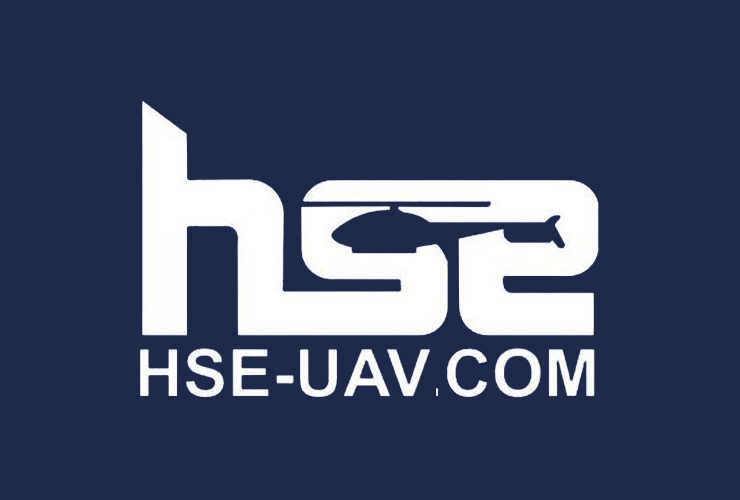
In 2009, Dave Sanders read an article about the emerging drone industry, one that was predicted to be a $25 billlion industry by the year 2020. With a background in software engineering and efficiency technologies, Dave began toying with the idea of getting into the drone market. That is when he called Dale King, who had been his best friend since the 4th grade, to make a proposal. Dale had recently retired from the Illinois State Police, someone whom Dave knew had the right skill set to join him in this new venture. Together Dave and Dale knew “that they wanted to provide cutting-edge technology to first responders and military; protecting those who protect us,” as stated in their company bio. The company they built is called Homeland Surveillance and Electronics LLC (HSE), an American veteran and family owned and operated commercial drone provider now based out of Casselberry, FL.
Today, Dave and Dale’s mission to manufacture and provide cutting edge drone technology is being used by first responders, university research teams, utility companies, and agricultural specialists throughout the country. On February 4, 2021, a petition from Google’s Research Climate and Energy Group to the Federal Aviation Administration (FAA) was published stating Google’s request for permission to use one of HSE’s drones in a new trial. The request states that Google wants to use the drone “for testing fire-fighting and monitoring operations with first person view technology located at a confined private property in Firebaugh, California.” Google had previously made waves in the drone industry through its parent company Alphabet.
Alphabet’s Wing had already been granted permission by the FAA to use drones as commercial delivery vehicles within certain contained communities. Collaborating with the FAA, Wing has been making deliveries of small packages to customer’s homes for some time now. In the wake of COVID-19, drone delivery companies like Wing have become vital in maintaining a link between customers and retailers through social distancing. These drones have also been pivotal in delivering COVID-19 tests, medications, PPEs, and more during the pandemic. It has put greater pressure on the FAA to speed up regulation exemptions, befitting the request Google made to use drones in fire safety and combat.
Drones have become critical tools for police, fire, and first responders. Drones provide a new point of view in situations that could be deadly. This point of view gives these officers the data they need to develop a safe and effective plan of action. For fire safety, drones can be used to identify hot zones, the potential path of a fire, and if there are any trapped victims. Google wants to see if they can find a way to use drones to an even greater extent in fire zones, as devices to actually extinguish and prevent the spread of flames.
The specific drone Google petitioned the FAA to run such a trial is HSE’s UAV M8A Pro, a large capacity agricultural drone. Besides drones being developed as commercial delivery vehicles, agricultural drones represent possibly the fastest growing sector in the drone market. The M8A fits into the FAA’s designation of mid-sized commercial drones as it weighs between 55 to 98lbs. It has a payload capacity for 5 gallons of liquid that is used to treat crops with approved chemicals. With a full payload, the drone can be airborne for 8-15 minutes, typical of a drone this size. The drone’s onboard computer automatically pings the last place it applied treatment when the battery needs to be swapped out, or its payload refilled. The multiple spray nozzles on the bottom of the drone can cover 28-36 acres of land over the course of an hour. The nozzles on the drone are specifically positioned and tuned to spray accurately, preventing chemical loss, a major concern for all agriculturists. The M8A has already been used to treat over 50,000 acres of land.
With its large payload capacity, the M8A could be an ideal drone to carry fire suppressants, particularly in the use of wildfires. The suppressants could be sprayed from the drone around the edges of a fire, preventing it from spreading. When wildfires occur, extinguishing them comes down to being able to prevent them from spreading. The M8A could also be used to extinguish active flames in an open space. Because of the drone’s large size and limited flight time, it would not be suitable for collecting immediate fire data or used in enclosed environments. For such operations, fire departments would still need small agile drones. As of right now, Google has simply petitioned for permission to run such an experiment. They have not stated whether they will actually begin trials. However, using the M8A as a tool for firefighters would fit into Dale and Dave’s mission to provide technology to American first responders that would make their jobs safer and more efficient.
|